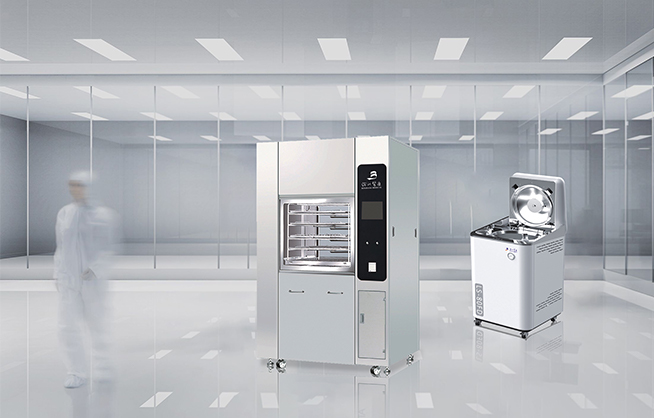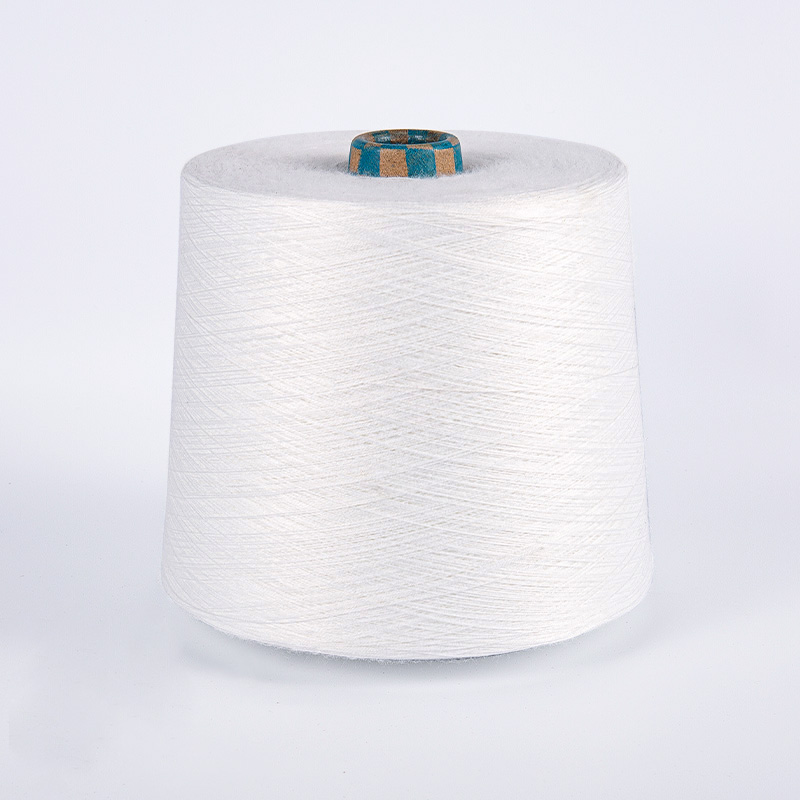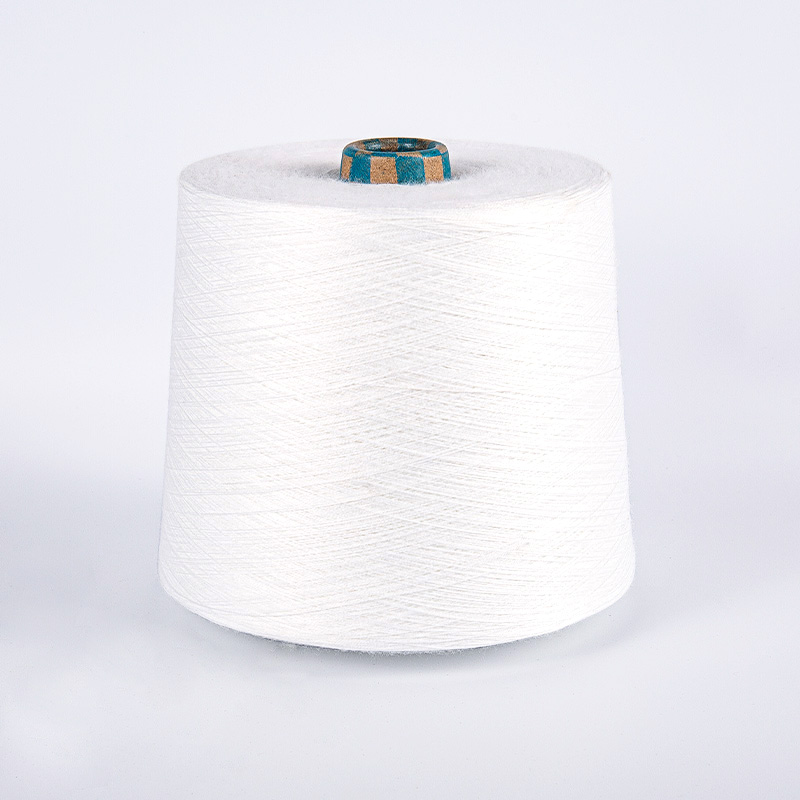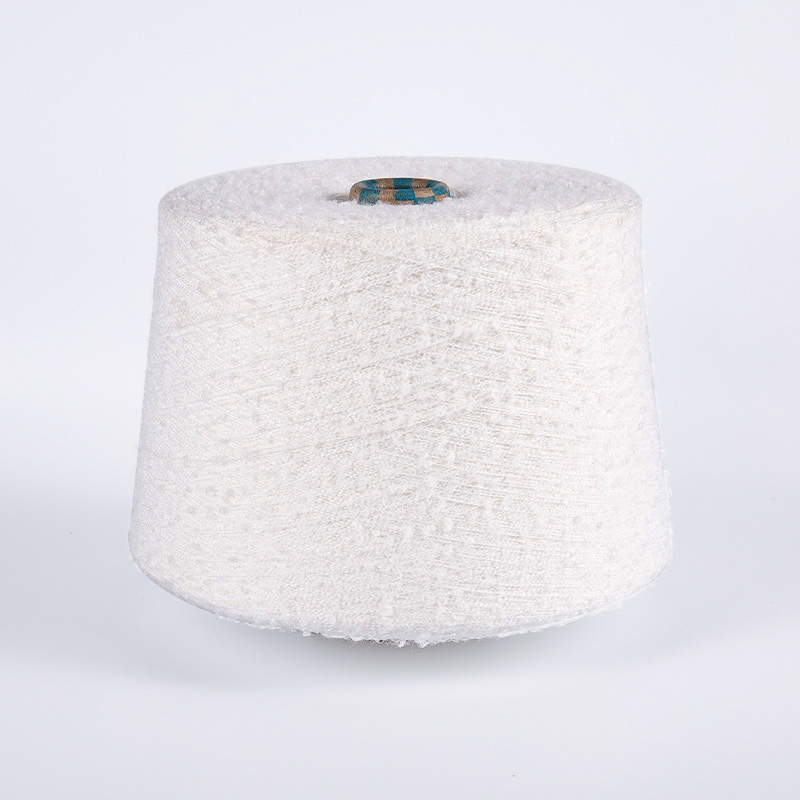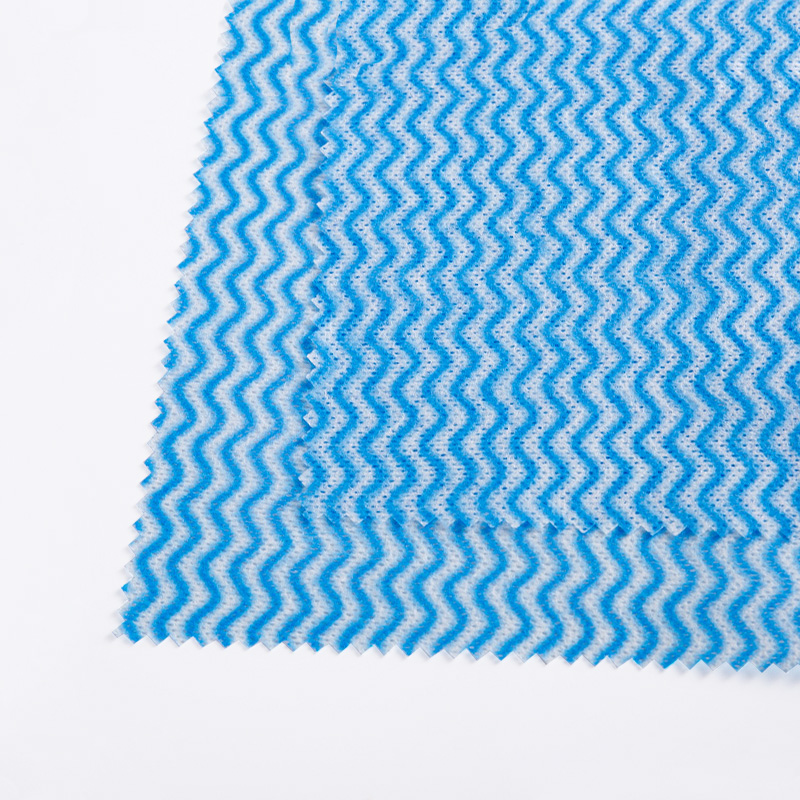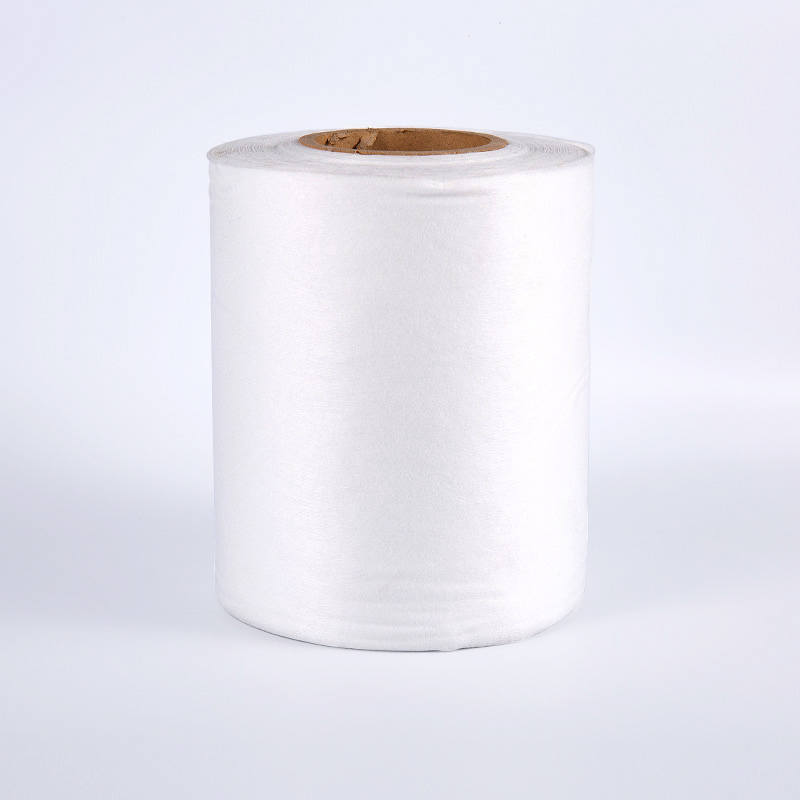
Medical Nonwoven Fabric: A Key Supporting Material for the Modern Medical Industry
Posted by Admin | 08 Oct
Medical nonwoven fabric plays an indispensable role in the modern medical industry. With the rapid advancement of medical technology and the continuous improvement of hygiene standards, medical nonwoven fabrics, due to their excellent performance and wide range of applications, have gradually become the material of choice for hospitals, clinics, and various medical device manufacturers.
Core Characteristics of Medical Nonwoven Fabrics
Medical nonwoven fabrics' unique structure and properties have led to their widespread use in the medical field. They offer excellent breathability and liquid resistance, effectively preventing the spread of bacteria and microorganisms and ensuring safe medical procedures. Furthermore, their softness and high strength allow them to withstand the stretching and friction of medical procedures while ensuring comfort. The lightweight nature of medical nonwoven fabrics not only makes them easier to carry and use, but also helps reduce the weight and cost of medical consumables.
The material's customizability is also a key advantage. By adjusting the fiber type, spinning process, and reinforcement method to suit different medical scenarios and functional requirements, medical nonwoven fabrics can achieve a variety of functional combinations, including antibacterial, water-repellent, breathable, and blood-blocking properties. This flexibility enables medical nonwovens to meet the needs of a wide range of products, from disposable surgical gowns and masks to bed sheets and dressings.
Main Production Processes for Medical Nonwovens
The production process for medical nonwovens determines the stability of its performance and its range of applications. Common production methods include meltblowing, spunbonding, and needlepunching, each optimized for different functional requirements and product types. Meltblowing creates a microfiber structure, enabling medical nonwovens to possess efficient filtration and barrier properties, forming a crucial foundation for products such as masks and surgical protective clothing. Spunbonding emphasizes fabric strength and softness, making it suitable for the production of comfort-demanding materials such as surgical gowns and isolation gowns. Needlepunching uses mechanical needles to create a three-dimensional mesh structure, enhancing the fabric's wear resistance and mechanical strength, making it suitable for medical applications involving long-term contact or high-friction environments.

Quality control of medical nonwovens is crucial during the production process. Fiber selection, spinning temperature, heating time, and chemical treatment all directly impact the material's protective properties and service life. With continuous technological advancements, modern medical nonwoven fabric production processes are trending towards high precision and automation. Through rigorous testing and standardized management, each batch of products ensures that they meet medical safety and hygiene requirements.
Wide Applications of Medical Nonwoven Fabrics
Medical nonwoven fabrics are widely used in the medical industry, with their core value embodied in protection, isolation, and comfort. In clinical settings, medical nonwoven fabrics are widely used in disposable surgical gowns, isolation gowns, masks, surgical caps, as well as essential consumables such as bed sheets and pads. These products not only effectively reduce the risk of cross-infection between medical staff and patients, but also improve the convenience and efficiency of medical procedures.
Medical nonwoven fabrics also play a vital role in the medical packaging and equipment sector. Due to their customizable thickness and density, medical nonwoven fabrics are often used to package medical supplies such as disposable syringes and surgical instruments, effectively ensuring the sterility of the products during transportation and storage. Medical nonwoven fabrics are also used in rehabilitation, nursing, and home medical supplies, such as protective pads, nursing pads, and wet wipes, further expanding their market demand and value.

Medical nonwovens, thanks to their excellent performance, wide application, and evolving technological prospects, have become a crucial supporting material in the medical industry. From surgical protection to rehabilitation care, from basic consumables to high-end medical packaging, the scope of their applications continues to expand. In the future, with the integration of technological innovation and environmental protection, medical nonwovens will play an even greater role in improving medical safety, optimizing medical procedures, and promoting the sustainable development of the industry.
+86-18058809000
+86-571 86218111



 English
English 中文简体
中文简体
